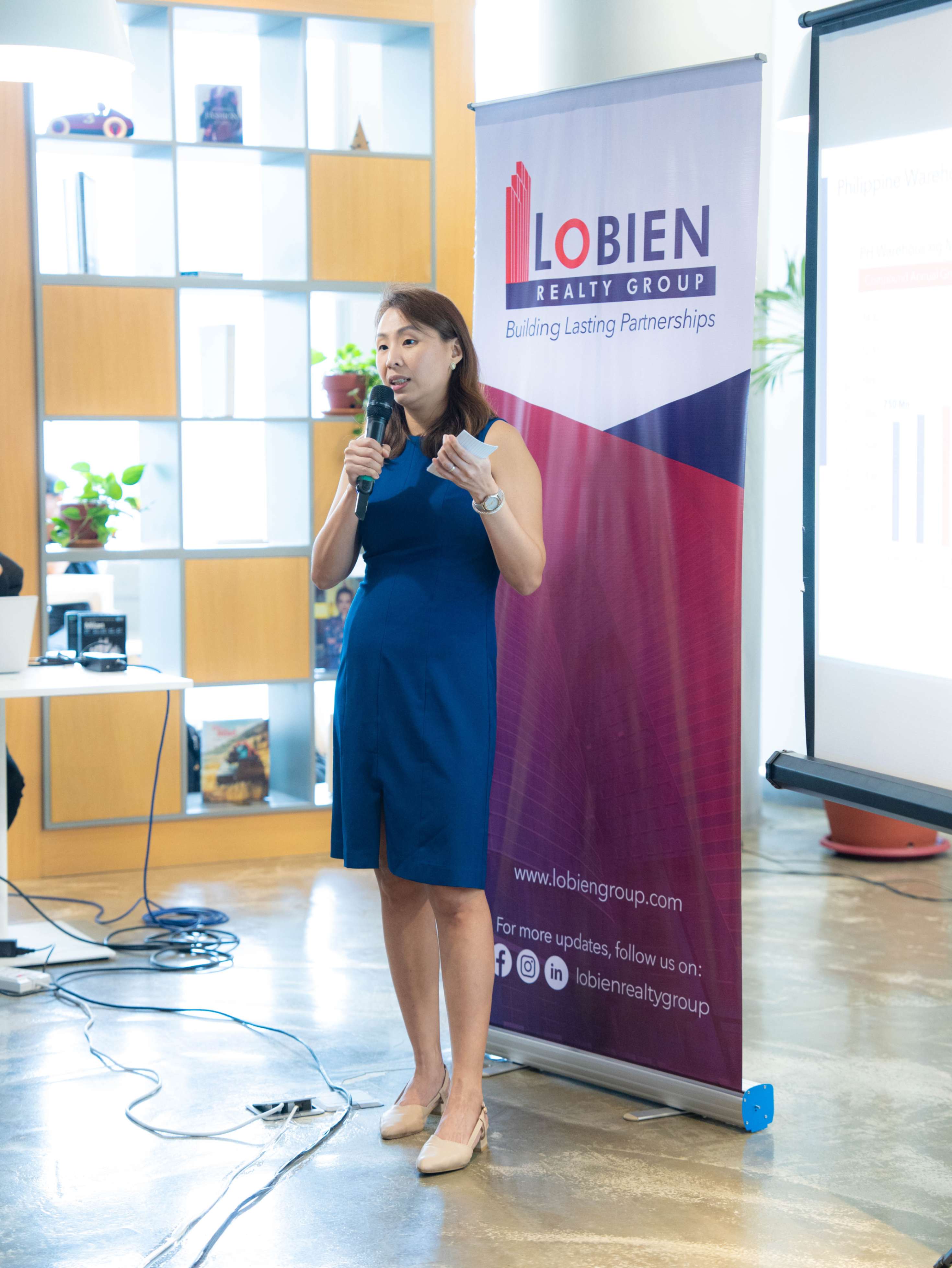Lobien Realty Group projects resilient growth in 2024 mid-year analysis
How Philippine real estate market is navigating economic challenges and emerging stronger

Real estate provider Lobien Realty Group presented the 2024 mid-year property market outlook for the country in a media briefing held at World Plaza, Taguig, on July 18, 2024. The briefing covered updates on the country's overall economy, office market, residential, and industrial market.
The event was led by Lobien Realty Group Chief Executive Officer Sheila Lobien, Chief Operating Officer Jericho Linao, and Associate Director Steph Ng. They discussed how the country is projected to have a better year, with most indicators progressing despite high inflation and interest rates, geopolitical conflicts, and the lingering effects of the Covid-19 pandemic.

"We're actually near the accelerated growth rate of 6.1 percent. This shows that the Philippine economy is really resilient, and when the economy is doing well, the real estate market will definitely follow," said Lobien.
"At Lobien Realty Group, we also monitor these economic and real estate indicators, and as you can see, in the next 12 months, the trajectory is moving forward and upward. GDP from construction is up, the market is moving, construction is up again, and developers, especially those in the residential and warehousing market, are quite active. Building permits are up again,” she continued.

Highlights from the report
The briefing revealed that the Metro Manila office market is set to experience a 12.3% year-on-year (YoY) decrease in rental rates, from ₱1,130/sqm to ₱990/sqm. This decline is attributed to a vacancy rate of 18% and an increase in supply, with an additional 1.5 million sqm expected to be completed between 2024 and 2028. Demand for office space is also projected to rise, particularly from business process outsourcing (BPO) companies, with 400,000 additional full-time equivalents (FTEs) anticipated to require 1,200,000 sqm of office space for the next four years. Alternative options are being considered not only by BPOs but also by traditional companies, including temporary offices in co-working spaces and provincial operations, with more than 240,000 sqm currently occupied.
As workers return to their provinces, this does not directly translate to an increase in office space leasing in rural areas due to hybrid work setups. As more government projects, like the Build Better More Program, continue, they will enhance land values in rural areas and support the ongoing expansion of township developments beyond Metro Manila.

In the residential sector, there is a growing demand for single detached homes outside the metro, with CALABARZON being the preferred choice for more families since the strict lockdown in NCR. Its share has increased from 28% to 34% since 2021. Mid-to-higher-end, low-density condominium developments in the central business districts are now in demand, with 10,000 residential condominium units expected to be added in 2024 as employees seek to address transport issues. More township developments will benefit the residential, office, and retail submarkets. Additionally, even with higher borrowing interest rates, residential real estate loans have increased because the anticipated rise in property prices is expected to surpass the cost of interest.
Lastly, Metro Manila, as the country's economic and business hub, supported by the strong presence of major telecommunications companies, ensures that the National Capital Region (NCR) remains the top location for data center hubs. This is complemented by the high digital consumption in the Philippines, which positions the country as an emerging market for data centers. Alongside the growth of e-commerce, expected to reach ₱54 billion in 2024 from ₱34 billion in 2019, this trend is also boosting the warehousing industry, projected to grow from $750 million in 2022 to $1.2 billion by 2023. The cold chain market is also experiencing growth in this sector, with government support further enhancing and improving its logistics chain.